Who Fought at the Battle of Rorke’s Drift?
22 January 2018



 Military History,Short Factual Stories
Military History,Short Factual Stories
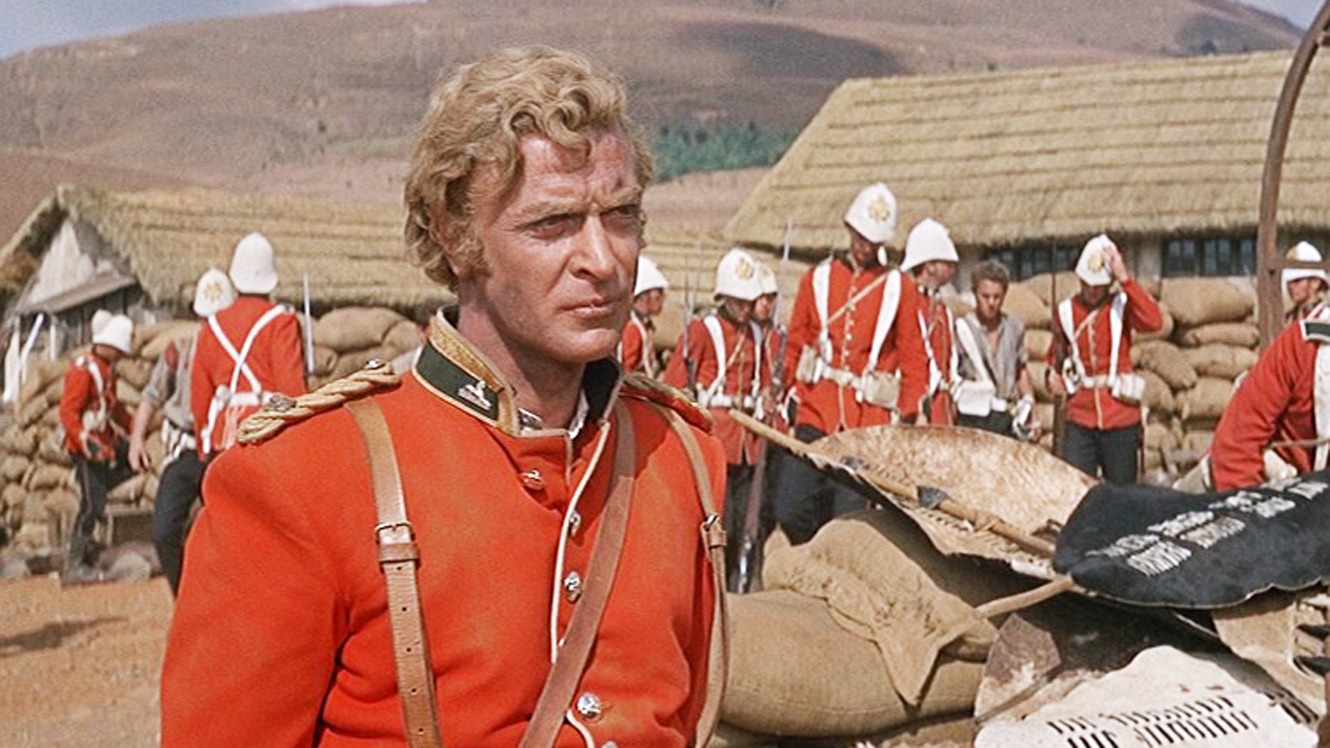
Who Fought at the Battle of Rorke’s Drift?
How British Regiments Changed their Identities throughout History
The Film Zulu
The Battle of Rorke’s Drift become famous because of the 1964 film Zulu. This film tells the story of a handful of Welsh soldiers from a regiment called the South Wales Borderers. They defended a Missionary outpost that was being used as a field hospital against endless attacks from 4,000 Zulu warriors.
But films of this type should not be relied upon for historical accuracy. This film is certainly a fine piece of entertainment and, to its credit, it does depict the incident well. But over the years since the film’s release it has generated two debates:
- Were the British soldiers at Rorke’s Drift from Wales and were they serving in a Welsh Regiment, and
- Was the Regiment that took part in the Battle the South Wales Borderers?
The answer to both of these questions is actually a combination of Yes and No. So let’s explain …
Regiment’s Formation
Like so many other British Regiments, its origins go back to the 17th century. This Regiment was originally founded in 1689 by Sir Edward Dering in Ireland to support William of Orange’s war there against the deposed King James II. As was customary at the time it was named after its owner (or Colonel) and was called Sir Edward Dering’s Regiment of Foot.
With a continuous record of service, this regiment took part in all the major conflicts of the period including the War of Spanish Succession, the War of Jenkins Ear and the Seven Years War. But each time the Regiment obtained a new Colonel, the name of the regiment changed to reflect its new commander.
The Infantry Regiment’s Order of Precedence
However, in 1751, military leaders decided that, as Britain was becoming a world power with a growing empire to defend, infantry regiments of the line (which excludes the Foot Guards Regiments) should be ranked in order of precedence and numbered. Precedence largely depended upon longevity and this Regiment was numbered the 24th Regiment of Foot.
Becoming a County Regiment
Just thirty years later, military leaders decided that those infantry regiments without a royal association should add a county to their name, usually the name of the county where they recruited and trained. Hence this regiment became the 24th (2nd Warwickshire) Regiment of Foot in a system that worked well while Britain remained mainly an agrarian nation.
Urbanisation
By the second half of the 19th century, industrialisation had created substantial changes in the distribution of the population so recruiting areas needed to be changed. In 1873, the Regiment moved their’s to Brecknockshire and Monmouthshire plus surrounding counties. The Regiment’s base and training depot was established at Brecon.
At this time the contracted (or sign-on) period for a soldier was cut from 12 years to 6 Years (with an option to extend).
Anglo-Zulu War
The Battle of Isandlwana (in which both Battalions of the Regiment were involved) and the subsequent Battle of Rorke’s Drift (in which B Company of the 2nd Battalion was involved) took place six years after the move to Brecon. Hence, at the time of these battles the Regiment had soldiers recruited in Warwickshire on 12 year contracts and soldiers recruited in South Wales on 6 years plus contracts.
So the answer to the first question is that there was both English and Welsh troops at Rorke’s Drift and there is little doubt that at the time the Regiment would have been considered to be British – not Welsh and not English. No doubt there were some with Scottish and Irish heritage as well!
As everyone knows, this small British contingent beat off the Zulu attacks loosing just 17 killed and 15 wounded while the Zulu’s suffered 351 killed and about 500 wounded. Eleven Victoria Crosses were awarded to the defenders of Rorke’s Drift, seven of them to soldiers of the 24th of Foot – the most ever received for a single action by one regiment.
Two years later, in 1881, the Regiment changed its name to the South Wales Borderers to better reflect its new recruiting area. The wreath personally awarded by Queen Victoria for their valiant defence at Rorke’s Drift was in the name of the 24th (2nd Warwickshire) Regiment of Foot and special dispensation was sought to continue using the wreath as part of their emblem and on their Colours after their name was changed to the South Wales Borderers.
Footnote
The South Wales Borderers continued as a front line British unit and continued to call itself the 24th until 1969 when it was merged with the Welch Regiment to form the Royal Regiment of Wales. In 2006 a further merger took place with the Royal Welsh Fusiliers and today it is called the Royal Welsh Regiment. As in the past, the current Welsh connotations within the name still reflect the recruitment area of the regiment. From a military perspective, whatever its name has been, this has for over three hundred years been a great British Regiment.

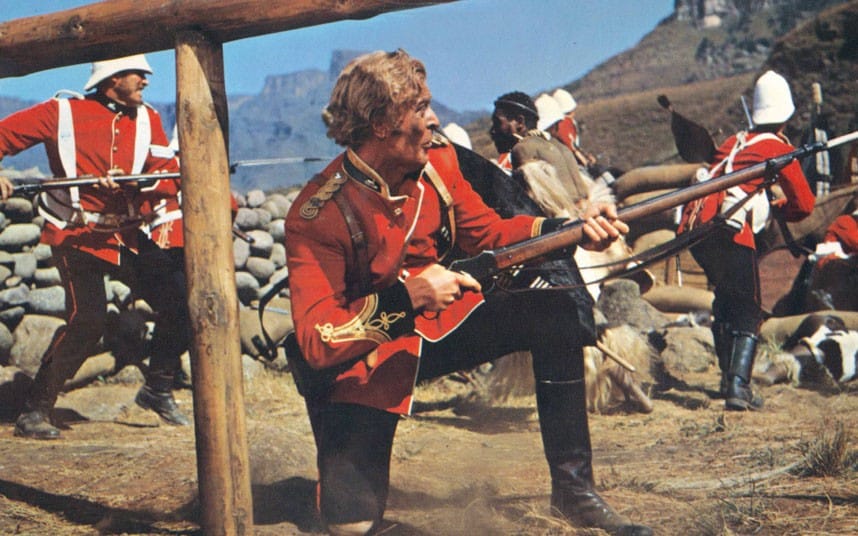
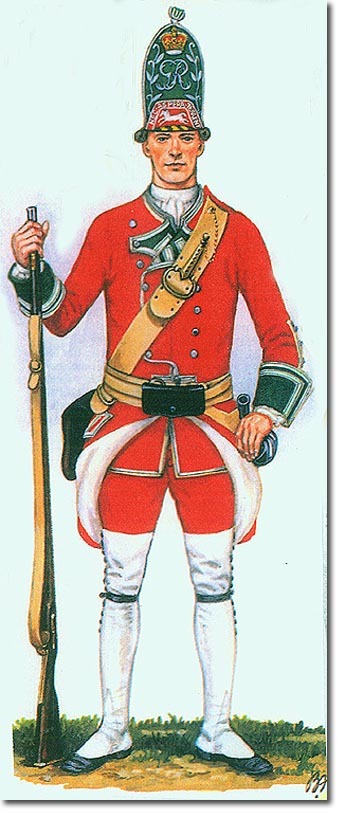
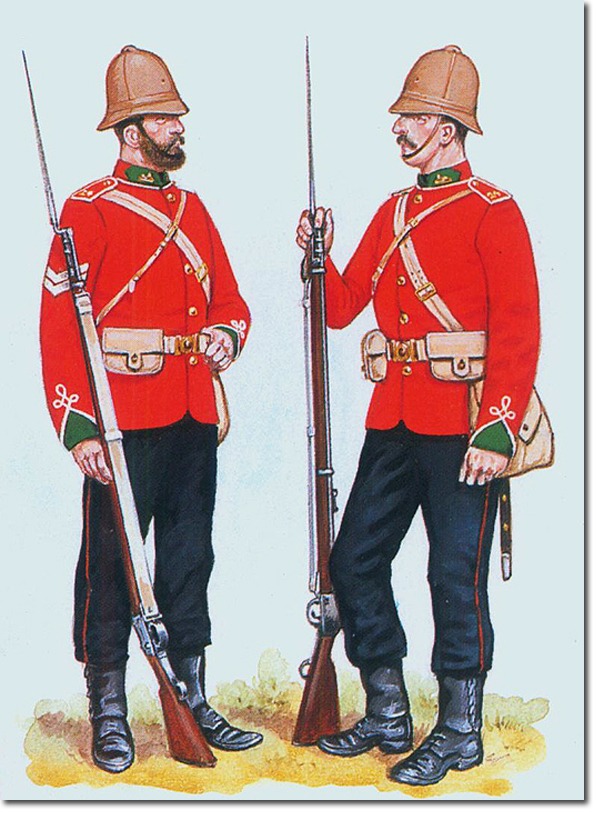
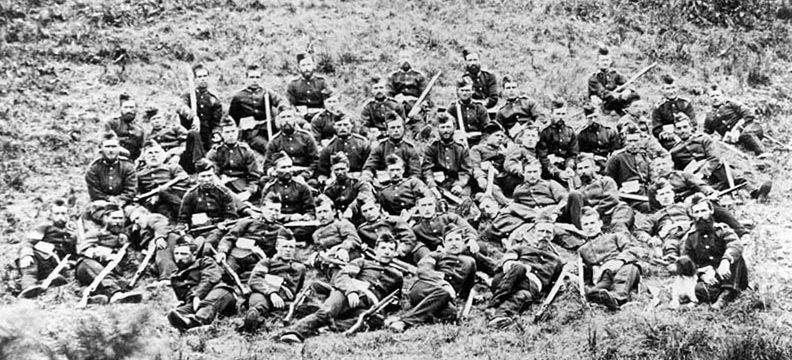

Leave a Comment
You must be logged in to post a comment.